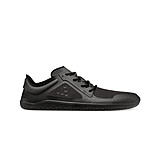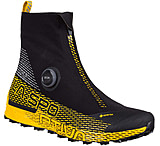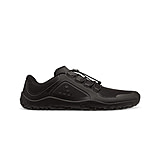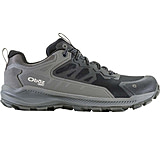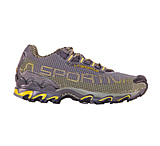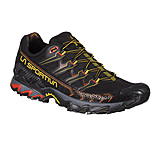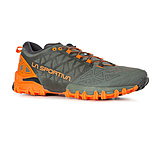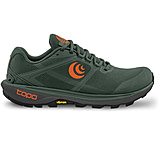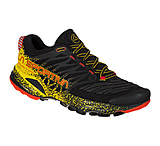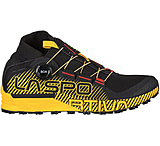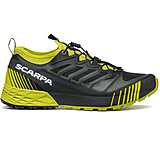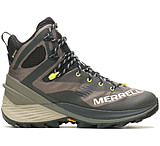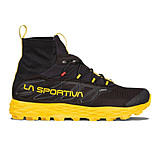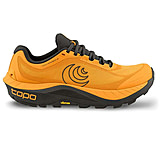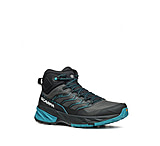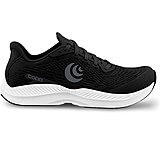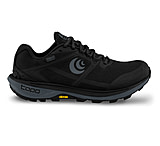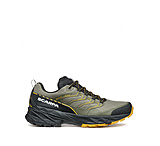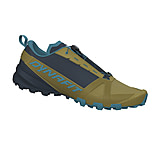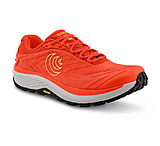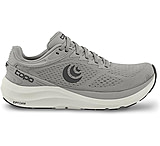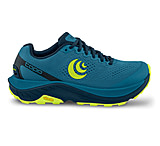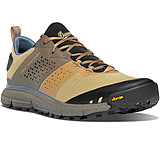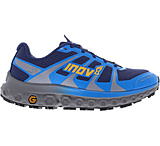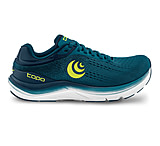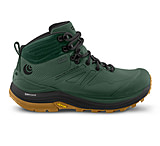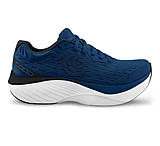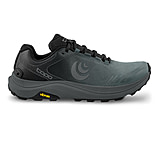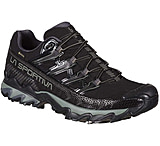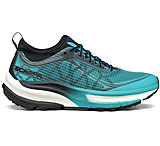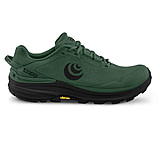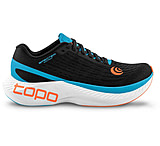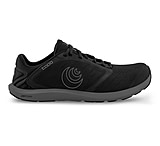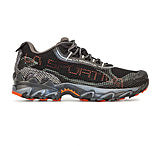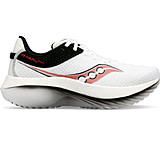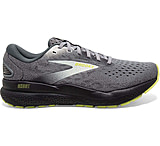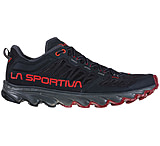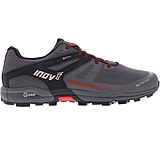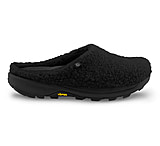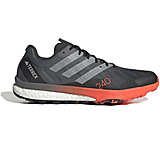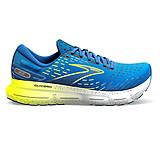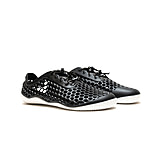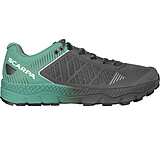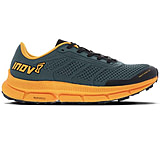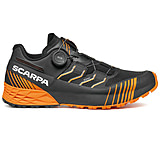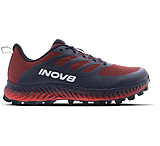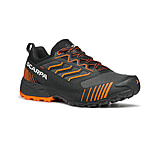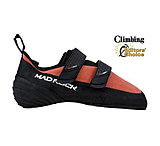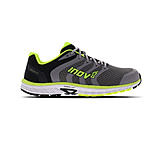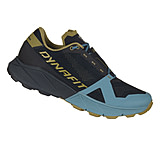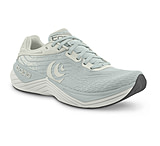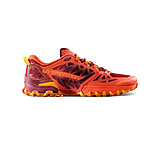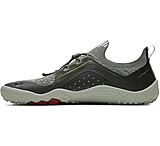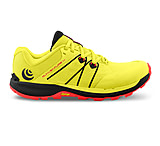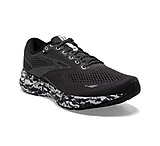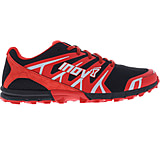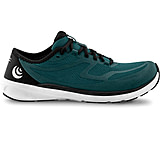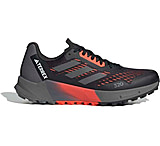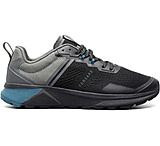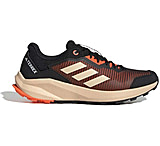Men's Running Footwear - Top Brands including Salomon, Altra, Hoka One One, Adidas Outdoor & More! — 215 products / 3,027 models — Page 1
If you're looking to take your running to the next level, our selection of men's running shoes is unmatched. We carry top brands like Hoka, La Sportiva, and Reebok, so you can trust that you're getting the best quality shoe for your money. A search for the best men’s running shoes can get specific. What type of runner are you? You can search by how much cushioning is provided, its responsiveness, and how much support the outsole provides. This can be based on your gait or the type of running that you prefer. There are all kinds of shoes like ones for race training, trail running shoes, road running shoes, cross-country running, or just a quick run to warm up your workouts. and That's why we also carry a variety of men's running clothes, including shorts, pants, and shirts, from brands like La Sportiva, VivoBare, Hoka One One, and Adidas Outdoor. Whether you're running a marathon or a 5k, we have the gear you need to look and feel great.![]()
In addition to shoes and clothes, we also carry a variety of men's running accessories, including hydration packs, headphones, and fitness watches. These accessories will help you track your progress and reach your goals. We understand that running can be tough, but with the right gear, you'll be able to push through the pain and reach your goals.
FAQ
What is the difference between a stability shoe and a motion control shoe?
A stability shoe is designed to provide support for the foot and prevent excessive pronation (rolling inward of the foot) during physical activity. They typically have a medial (inside) heel counter and a dual-density midsole to provide this support.
A motion-control shoe is designed for individuals with severe overpronation or flat feet and is meant to control the motion of the foot during activity. They typically have a firmer medial heel counter and a straighter last (the shape of the shoe) to provide extra support and control.
In summary, stability shoes provide support to prevent excessive pronation, while motion control shoes are meant to control motion and provide extra support for severe overpronation or flat feet.
What are some of the types of men's running footwear?
There are several types of men's running footwear, including:
-
Neutral Running Shoes: These shoes are designed for runners with a neutral gait, meaning they have a normal arch and their feet roll slightly inward upon impact. They provide cushioning and flexibility.
-
Stability Running Shoes: These shoes are designed for runners who overpronate (feet roll inward too much upon impact) and provide additional support to prevent excessive pronation.
-
Motion Control Running Shoes: These shoes are designed for runners who have severe overpronation or flat feet and provide extra support and control to limit excessive motion.
-
Trail Running Shoes: These shoes are designed for running on rugged, uneven terrain and typically have a durable outsole with deep lugs for traction.
-
Racing Flats: These shoes are designed for speed and are lightweight and minimalistic, they have less cushioning than other shoes and they're ideal for short races.
-
Minimalist Running Shoes: These shoes are designed to mimic the feeling of running barefoot, with minimal cushioning and a flexible sole.
It is important to note that different shoes are made for different foot types and running styles, and it's important to get the right shoe for your specific needs.
What are some common problems with running shoes?
There are several common problems that can occur with running shoes like wear and tear. Running shoes will inevitably wear out over time, and the midsoles will lose their cushioning and support. It's important to replace running shoes every 300 to 500 miles or when they start to feel worn out. Blisters and calluses can also occur from ill-fitting shoes or from shoes that don't provide enough support or cushioning. Wearing worn-out shoes or shoes that don't provide the right amount of support can lead to overuse injuries such as plantar fasciitis or Achilles tendonitis.
Traction loss can be another issue for avid runners. The soles of running shoes can wear down and lose traction, making them slippery and dangerous to run in. Odor can be a big problem for some. Sweat and bacteria can build up in shoes and cause an unpleasant odor. To help prevent this, it's important to keep shoes clean and dry and to use odor-eliminating products if necessary.
Quite possibly the biggest problem, is an uncomfortable fit. Running shoes should be comfortable to wear and should not cause any pain or discomfort. If the shoes are uncomfortable, it's best to try a different style or brand. It's also important to note that, running shoes are not designed to last forever, they have a lifespan and after that, they should be replaced. If you're experiencing any pain or discomfort, it's best to consult with a doctor or a running coach who can help you determine the right shoes for you.
Other categories you might be interested in Men's Sandals, Men's Shorts, Men's Ski Jackets, Men's Ski/Snowboard Socks.























